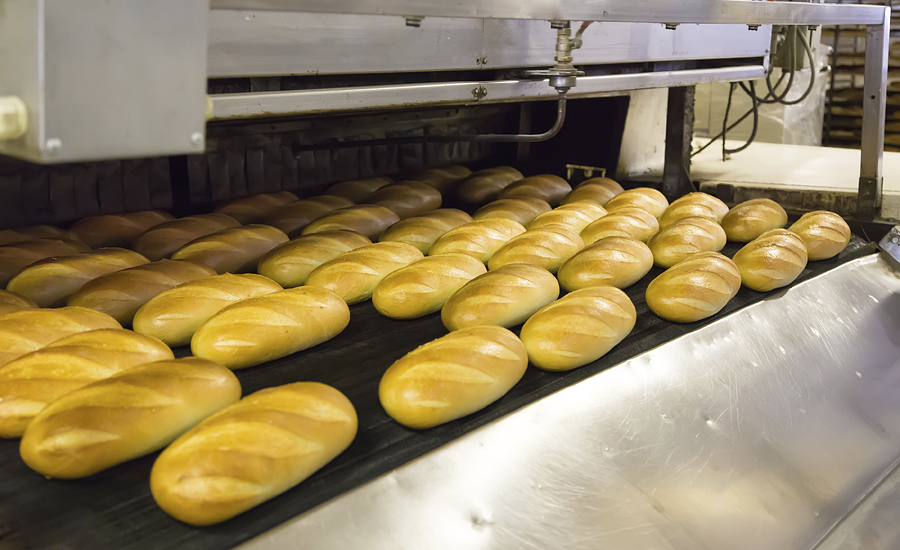Bakery is one of the biggest drivers for in-store trips, bringing shoppers to the store nearly once a week, yet opportunities exist for retailers to increase consumption frequency and household penetration across individual categories, according to a report released by the American Baker’s Association (ABA), Washington, D.C., and Food Marketing Institute (FMI), Arlington, Va.
The “Power of Bakery” report assesses the bakery grocery category, which falls between produce and frozen in terms of retail sales. The results of the analysis share consumer perceptions, attitudes and behaviors regarding the bakery category in a grocery retail setting. The findings help the baking industry partner with retailers to optimize production, marketing, merchandising and branding decisions.
According to the report, total bread and baked goods sales surpassed $59 billion in 2018, split between the fresh bakery department and items located in the grocery, frozen and dairy departments. In-store bakery sales were $13.8 billion, and are dominated by desserts, sweet goods and cookies, whereas center-store sales are more evenly balanced between functional and indulgent items.
Indulgence and the power of emotion rule in bakery department
Significant numbers of shoppers have a dual-store strategy, in which they purchase center-store groceries in one store and bakery items in another. Channel switching is highest for special occasion items, such as birthday cakes/cupcakes and lowest for functional items. Stand-alone bakery specialty stores take a majority share of the switchers across all three categories. Nearly 37% of shoppers typically purchase indulgent bakery items at a place other than their primary store. Being a top-of-mind bakery destination is important to capture the category’s many trips among primary and secondary shoppers.
“Indulgence is a clear sales driver in fresh bakery, claiming 76% of the total department sales, and the analysis highlights the importance of segmenting audiences to better align innovation, merchandising and marketing,” says Rick Stein, vice president, fresh foods, FMI. “For instance, given that Millennials are nearly twice as likely to exclusively shop the in-store bakery as Boomers, at 30% vs. 17%, carrying and highlighting desirable product attributes and claims may help drive sales and loyalty depending upon your store’s demographic.”
The survey also shared that top-of-mind “bakery” word associations are dominated by positive terms that convey emotion, such as “yummy” or even “love.” While it remains important to meet consumers’ desires for functional attributes, the data shows there is power in satisfying a customer’s emotion to drive sales.
Rising to the occasion
Shoppers’ view on the importance of having someone to help with questions or purchases highly depends on the type of item purchased. More than three-quarters of shoppers want the ability to personalize, but this does not necessarily mean items need to be made from scratch to shoppers’ personal preferences. In fact, the greatest share (42%) prefer pre-packaged items, but with the ability to personalize. While most shoppers believe scratch baking delivers superior quality, 57% are indifferent to their store using partially-prepared/baked ingredients.
“Consumers are clearly looking for healthy ingredients to drive their dietary habits, and bakers will need to leverage their products’ positive health attributes,” adds Robb MacKie, president and CEO of ABA. “However, bakers and retailers need to connect with consumers, give them opportunities to smell, touch and taste their products. That is what drives the emotional connection to the category, regardless of product segment.”
Shoppers say when it’s fresh
“Fresh” is the universal winner of production-related claims that matter to consumers, mentioned by seven in 10 shoppers overall and nearly eight in 10 Boomers. “Fresh” and “baked today” are easily the two most popular production-related claims out of the list of 12 options. When asked to define freshness, particularly as it relates to functional bakery items, shoppers first point to the date and time.
The report was conducted by 210 Analytics, San Antonio, Texas, and ToddHale, LLC, Cincinnati, and was produced by Corbion, The Netherlands.


